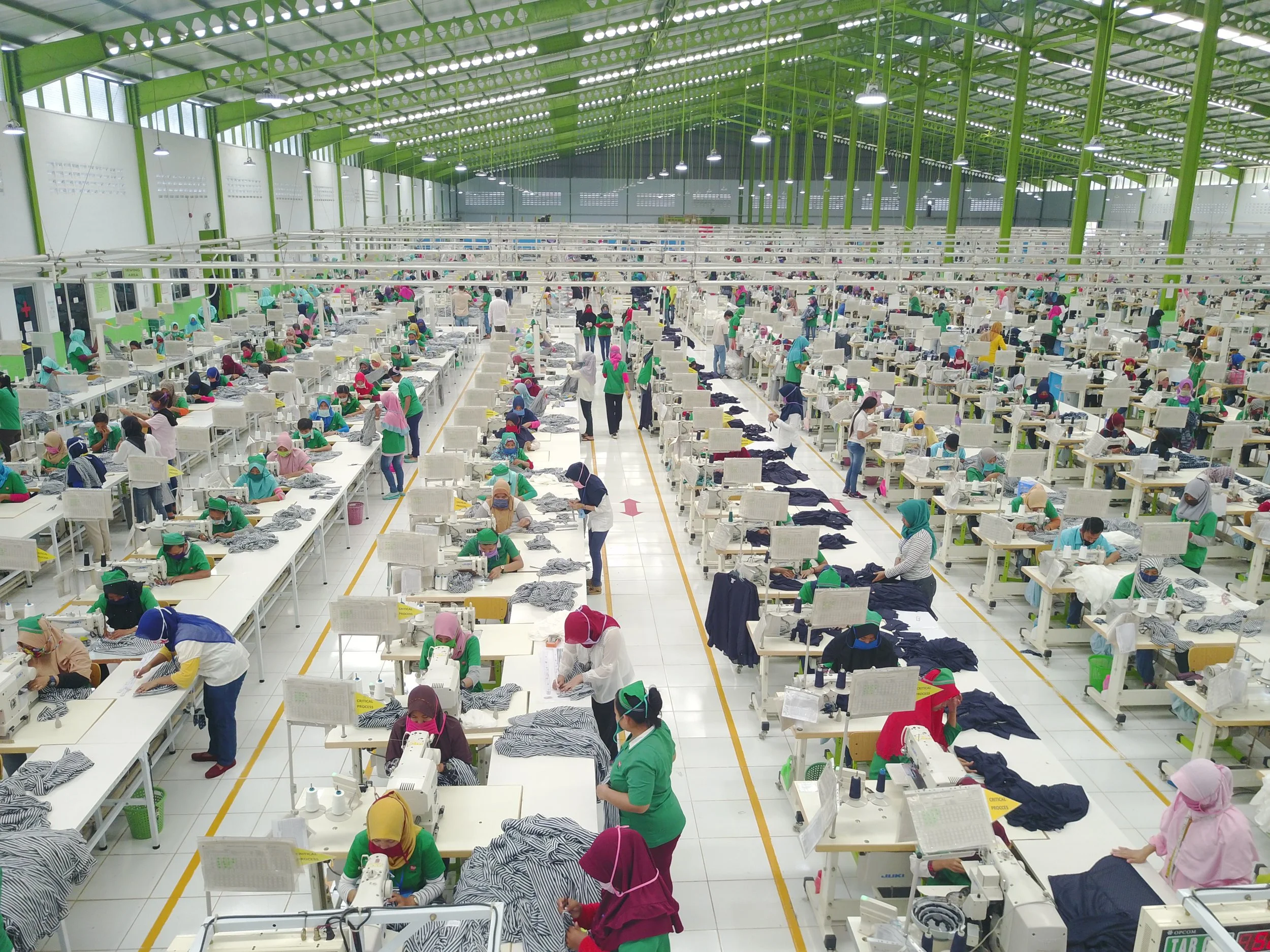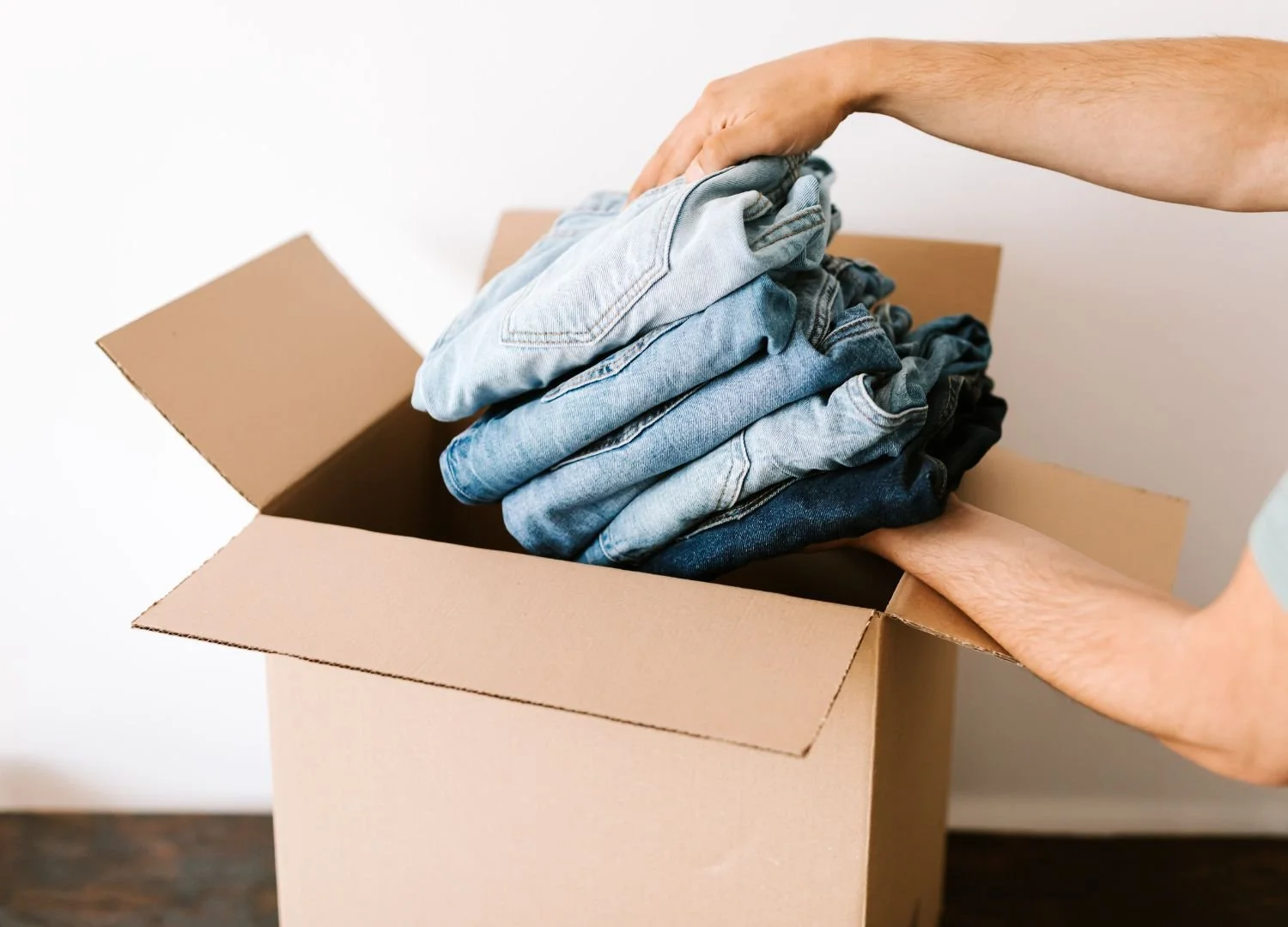Understanding the “Why’s” behind Minimum Order Quantities (M.O.Qs) for Your Fashion Brand
You are excited and pumped about launching your fashion brand. You have your sketches, your fabrics, are working with a pattern maker and now it’s time to find a manufacturer. So many places to start- Google, trade shows, word of mouth. The emails start flying out to your top selections and you are eagerly waiting for responses…and then the replies come: “MOQ- 200 pieces, MOQ-500 pieces, MOQ 1000, and you are feeling confused, lost and uncertain.
At this point you may be wondering- why won’t a manufacturer make only the number of garments I need? Why does there have to be a minimum order quantity? They make each garment individually anyways, right?”
Well my friend, today I am explaining how mass production actually works. I’ve found that the biggest misconception about garment manufacturers is that it is assumed that factories make garments one by one and build as they go, similar to someone making an item of clothing at home or in a studio. This is definitely not how it works!
Time Investments
Creating singular garments one by one is a very costly endeavor. If a single person in a factory is sampling a jacket, it could take 1 hour for cutting, 4 hours for sewing and 30 minutes for pressing. That’s 5 ½ hours. This person making the jacket is probably the most skilled out of everyone at the factory because sampling requires extensive knowledge of all parts of the process and the work they do will be billed hourly.
However, when factories are producing these same jackets by the hundreds, a jacket can potentially be sewn in half or a third of the times as sampling because there are different processes in place for producing vs sampling.
If you have ever sewn a garment, you know that making anything from cutting to sewing takes time and if you had to bill for the hours of making a sample it would be pretty costly. This is why manufacturers cannot make garments one by one. It would be prohibitively expensive for you.
Efficiency
Factories make their money based on volume. Their processes and pricing are set up in terms of volume and each step in garment construction is broken down to its basic steps where basically anyone can repeat the same process over and over.
All steps in the garment manufacturing process are specific and there is nothing creative or organic happening. What I mean by this, is there is not a person who will put each garment on a mannequin and mark a hem or place a pocket based on what they “think” is right. Anything that happens in the factory operates on absolutes in a repeatable formula. This leaves very little gray area and room for human touch.
Because the factory is focused on processes they generally are not involved in the more creative aspects such as pattern making, or fabric sourcing, unless they have the demand to have someone on staff for this purpose so these tasks can fuel the production.
Another common misconception is that a factory should be the first place you start with the launch of your brand. The truth is the factory is the last step. Pattern makers, fabric suppliers, tech designers are really your starting point. We work to put the components together that the factory will need. If you find a factory that will take care of your product development for you and their prices are good for production, then it may be workable.
Machines
Garments are made up using different kinds of machines that have specific stitch capabilities. The basic machines are lock stitch (regular straight stitching), overlock, and cover stitch. Depending on the size of the factory and what they specialize in, even more specific machines can be put into use. For instance, in an activewear factory you could also have heat seal and flat locks machines. A suiting factory can have machines that only make welt pockets or sew bound buttonholes. Because of the specificity of machinery, not all factories make all types of garments. Machines are expensive. Generally a factory will focus on a specific kind of garment and build a business around that, investing in the specialty machinery as needed.
In addition to having the right machines, sometimes multiples of the same machine will be set up so the same process can be worked at once by different machine operators. Also, if there is a piece of binding or elastic that needs to be attached, this will also be a separate machine set up for that specific application purpose.
When your garments are mass produced, they are passed as bundles from machine to machine for the next step in the process. This saves a lot of time and produces more efficiency for the factory.
Colors also come into play. If you have a white garment then all the machines need to be changed to white color threads and elastic switched out to white and the self binding loaded as white. When a black colorway is produced, the same applies. All like colors will be done at the same time.
Cutting
Cutting garments one by one is not done in a factory setting. Factories will utilize markers in order to cut many garments at once. Once the garments are cut, they have to be separated and marked for what size they are and organized so sewers can have all the pieces they need at the ready for their respective operation.
More commonly these days, digital cutting machines are used to cut. A computer and laser does most of the work. Yes, it makes things easy, but these are not inexpensive machines so a factory must have the demand of volume to fund such a purchase.
Labor
You would think that everyone who works at a factory is an excellent sewer. The truth is factory sewers do not necessarily have to be highly skilled. Sewers are trained for the machine they will be working on. For instance, one person is responsible for applying just the coverstitch hem on the sleeves. Another sewer is responsible for applying the neck binding, another sews the side seams together. By training for specific machines, this eliminates the need for highly skilled seamstresses, which are hard to find and often expensive. Factories always have to think in terms of turnaround and being able to train people for multiple machines.
Packaging
Folding and packing every single garment by hand is a massive amount of work, and a good recipe for carpal tunnel syndrome. Instead, factories utilize folding machines to help make everything uniform. There are also machines for labeling and applying the right tags and marketing materials to garments.
Bringing it all together
Now that you understand what goes into the making of a garment, it should be clear that to go through each of these steps requires not just 30 garments to make it worthwhile for the factory. Changing over machines, spreading new fabric for cutting, rotating machine operators can be challenging and a big reset to the process. All of these operations take time and the factory is not making money while these turnover processes are happening. Only when the garments are finished can they bill.
Are there factories that do not have minimum order quantities?
Potentially yes, minimums can be different for each type of product. For instance, a suiting manufacturer would maybe be ok with 50 pieces, but a T-shirt producer would think you are joking. If you are looking to make small quantities I think your best bet would be to find a small atelier that would produce your pieces for you, and charge an hourly rate. There are small producers, mostly in the US that exist between a sample room and a factory. It’s just a matter of finding them, and then paying a premium.
Sometimes you can find an overseas manufacturer who will say that they can produce your small quantities for you. I would suspect that your small order is meant to fill time gaps in production schedules between larger orders, if it’s a legit situation. However, the cost you save would probably be null and void once you have to pay for shipping and customs.
Being a fashion entrepreneur is challenging with large MOQ’s in place. I encourage you to produce small, perhaps on a made to order basis to get your business started. Yes, this is a costly model in terms of time and money, but it does give you a chance to test the market viability of your product. Once you know how much you can sell, then you can think of utilizing manufacturers and meeting their minimum order quantities.


